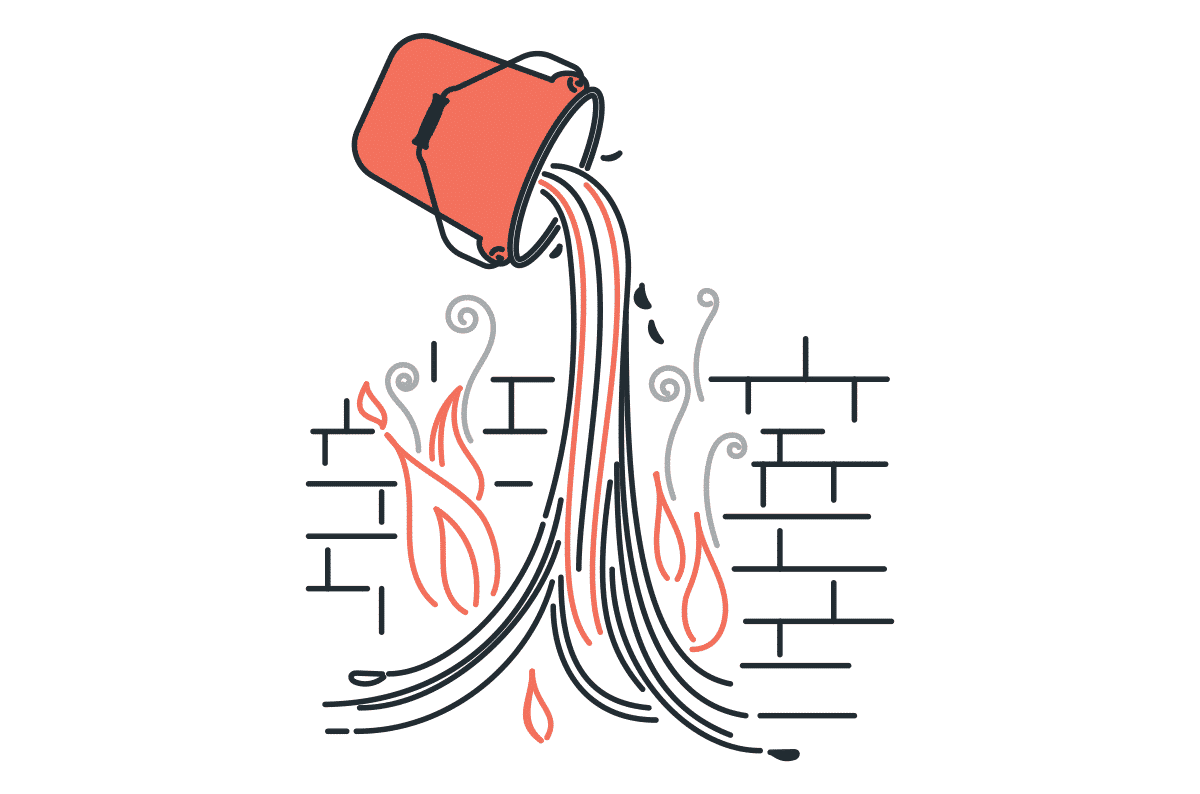New Critical Vulnerability Underscores the Need for Virtual Patching

Table of Contents
|
Listen to post:
Getting your Trinity Audio player ready...
|
A new vulnerability underscores the need for virtual patching. The vulnerability, found in FortiOS, would allow a Remote Code Execution (RCE) attack on multiple firewall products as well as FortiGate SSL VPN. The vulnerability has reportedly already been exploited by threat actors. Fortinet has issued a patch for this vulnerability.
The vulnerability, which was initially reported on December 9th, received a score of 9.3 (Critical) and Fortinet has confirmed at least one instance of it being exploited.
Any vulnerability in a system is a potential entry point for a threat actor and must be immediately patched, especially critical vulnerabilities like this one. Threat actors have been known to quickly utilize such vulnerabilities and exploit unpatched systems, while in many cases systems remain unpatched for a very long time giving even the slower-paced adversaries opportunities to exploit them. Vulnerabilities such as Log4j, which coincidently is “celebrating” its one-year birthday, are still being used by different adversaries to target unpatched systems to gain access into networks. Why? Because patching is so hard.
Rapid CVE Mitigation | Cato Security ResearchThe Need for Virtual Patching
Having to identify, connect (or physically go to), patch, and test multiple boxes in multiple locations every time a new vulnerability is discovered is no small feat. Organizations need to perform this process very quickly whenever a new vulnerability is discovered as threat actors move quickly on such opportunities.
In addition, adversaries do not shy away from utilizing old vulnerabilities that still work. Log4j is one example but not the only. CISA addressed this in their “Top Routinely Exploited Vulnerabilities” alert, writing, “CISA, ACSC, the NCSC, and FBI assess that public and private organizations worldwide remain vulnerable to compromise from the exploitation of these CVEs. Malicious cyber actors will most likely continue to use older known vulnerabilities, such as CVE-2017-11882 affecting Microsoft Office, as long as they remain effective and systems remain unpatched. Adversaries’ use of known vulnerabilities complicates attribution, reduces costs, and minimizes risk because they are not investing in developing a zero-day exploit for their exclusive use, which they risk losing if it becomes known.“
The solution to this problem is a cloud-based security architecture that allows for virtual patching. Virtual patching is defined by OWASP as “A security policy enforcement layer which prevents the exploitation of a known vulnerability. The virtual patch works since the security enforcement layer analyzes transactions and intercepts attacks in transit, so malicious traffic never reaches the web application. The resulting impact of a virtual patch is that, while the actual source code of the application itself has not been modified, the exploitation attempt does not succeed.”
Only a cloud-based security solution eliminates the need to patch box-by-box and effectively enables a “mitigate-once-protect-everywhere” patching strategy.














